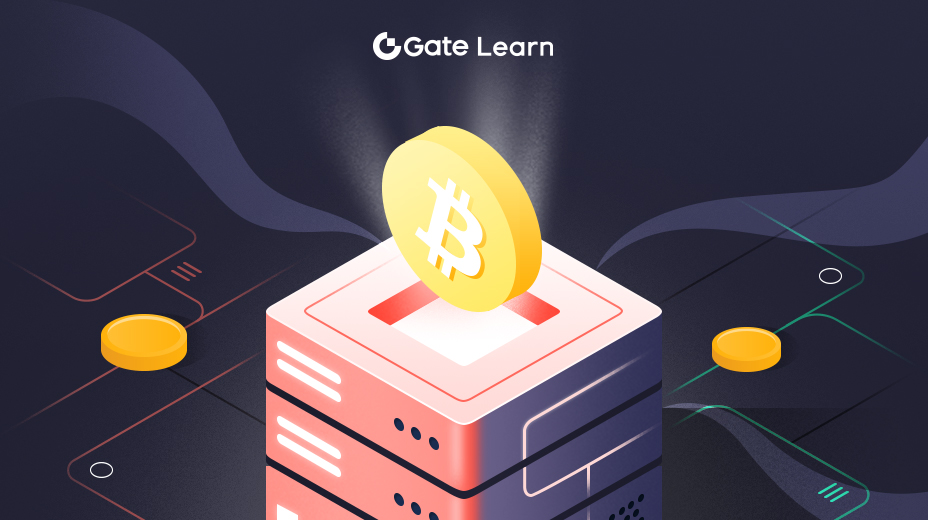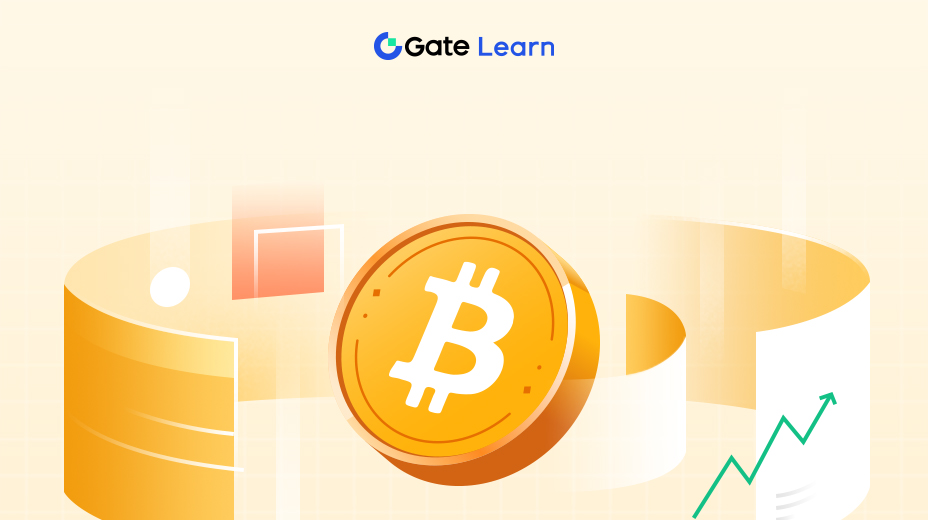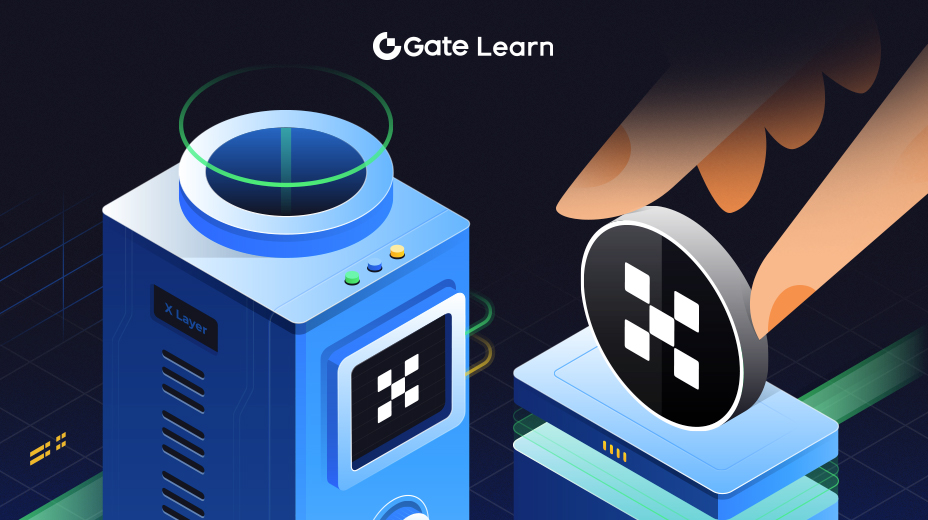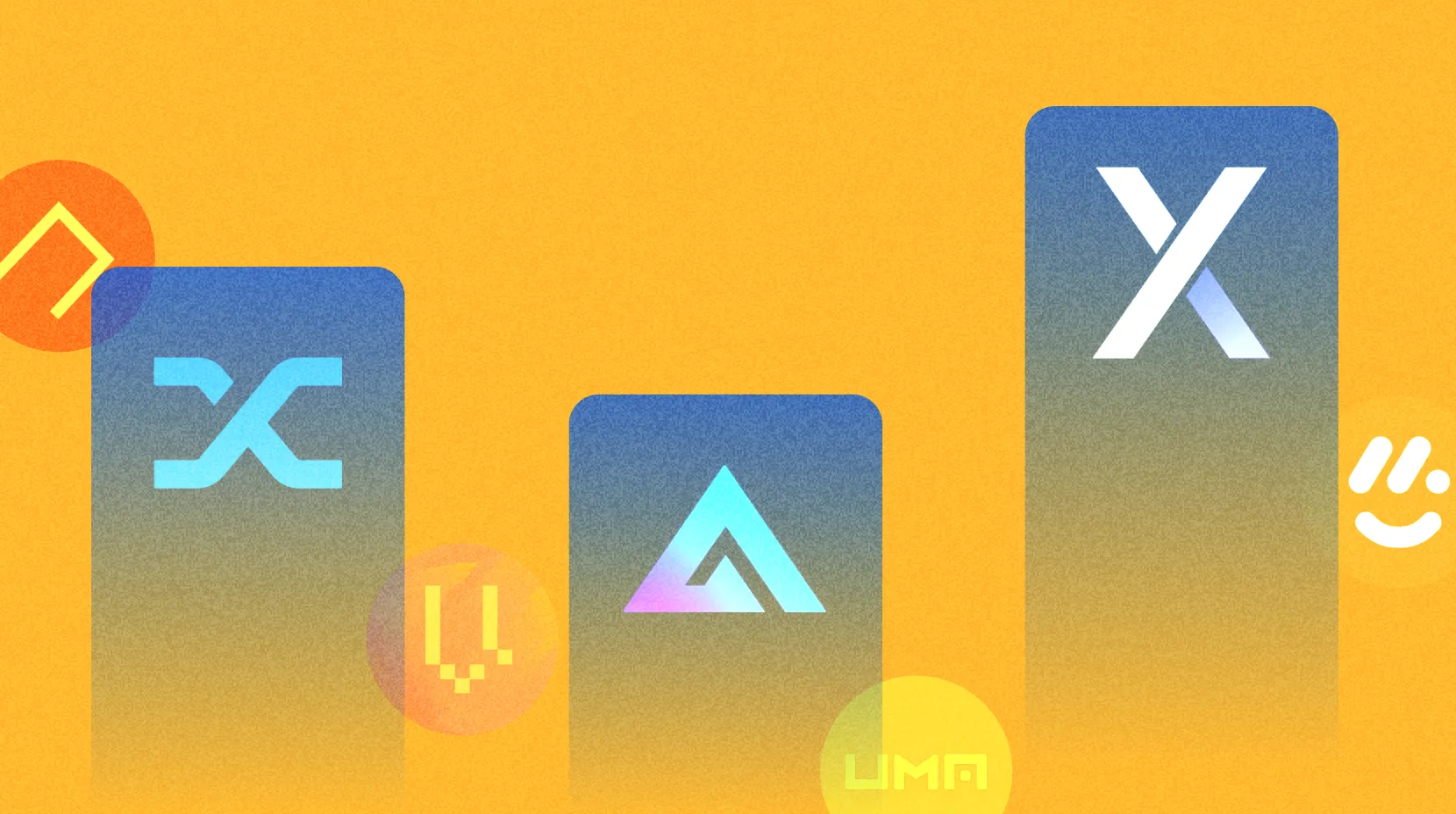Proof of Transfer (PoX) Consensus Mechanism
This module goes into the Proof of Transfer (PoX) consensus mechanism used by Stacks, explaining its functionality, significance, and how it integrates with Bitcoin.
Overview
Proof of Transfer (PoX) is an exclusive consensus mechanism used by the Stacks blockchain to secure its network by benefiting from the security of Bitcoin. PoX connects the Stacks blockchain directly to Bitcoin, allowing it to benefit from Bitcoin’s established security while introducing new functionalities like smart contracts and decentralized applications (DApps).
How PoX Works
- BTC Commitment: In PoX, miners commit Bitcoin (BTC) to specific addresses to participate in the mining process. Unlike traditional Proof of Work (PoW), where miners expend computational power, PoX miners transfer BTC, which is then distributed to STX token holders who participate in the network by locking up their tokens (a process known as stacking).
- Mining STX: The committed BTC is used to determine which miner gets to create the next block on the Stacks blockchain. This selection process uses a verifiable random function (VRF) to ensure fairness. The more BTC a miner commits, the higher their chances of being selected. The selected miner writes the new block to the Stacks blockchain and receives newly minted STX tokens as a reward.
- Reward Distribution: The BTC committed by miners is distributed to stackers. Stackers lock up their STX tokens for a specific period, and in return, they receive BTC rewards from the committed pool. This dual reward system incentivizes both miners and stackers to participate in securing the network.
PoX employs a probabilistic approach for leader election. Miners submit bids by transferring BTC, and the VRF mechanism randomly selects a leader based on the amount of BTC committed. This process is designed to prevent any single miner from dominating the network, ensuring decentralization.
While full blocks are committed to Bitcoin approximately every 10 minutes, microblocks allow for near-instant transaction processing by streaming transactions between full blocks. This reduces latency and provides a better user experience without compromising security.
When it comes to stacking, STX holders lock their tokens in cycles to participate. During these cycles, stackers validate transactions and contribute to network security. They earn BTC rewards from the pool of BTC committed by miners. This system creates continuous incentives for network participation and security.
Why PoX Matters
- Security: By anchoring Stacks blocks to the Bitcoin blockchain, PoX ensures that any attack on Stacks would require a simultaneous attack on Bitcoin, making it highly impractical. This robust security model leverages Bitcoin’s extensive network and established security protocols.
- Economic Incentives: PoX creates a sustainable economic model. Miners are incentivized to commit BTC because they receive STX rewards and transaction fees. Stackers are incentivized to lock their STX tokens because they earn BTC rewards. This dual incentive structure promotes broad participation and maintains a healthy, decentralized network.
- Decentralization: PoX supports decentralization by allowing anyone with BTC to participate as a miner and any STX holder to participate as a stacker. This broadens the participation base and prevents the centralization of mining power, promoting a decentralized ecosystem.
Comparison with Other Consensus Mechanisms
- Proof of Work (PoW): PoW requires miners to solve complex cryptographic puzzles using computational power, leading to high energy consumption. PoX, on the other hand, uses economic resources (BTC) for mining, making it more energy-efficient.
- Proof of Stake (PoS): PoS requires validators to lock up their tokens as collateral to secure the network. PoX differs by using BTC commitments and providing BTC rewards, offering a unique incentive structure that combines aspects of PoW and PoS.
Highlights
- Proof of Transfer (PoX) Overview: PoX is a consensus mechanism that anchors the Stacks blockchain to Bitcoin. Miners commit Bitcoin (BTC) to secure the Stacks network, earning STX tokens in return. This process ensures that the security of Stacks transactions is tied to the security of Bitcoin.
- How PoX Works: Miners participate by transferring BTC to designated addresses. These transfers are recorded on the Bitcoin blockchain, anchoring Stacks blocks to Bitcoin. A verifiable random function (VRF) selects miners to create new blocks, and these miners receive newly minted STX tokens.
- Stacking and Rewards: Stacking allows STX holders to lock their tokens to support network security and consensus. In return, stackers receive rewards in BTC, which is distributed from the BTC committed by miners. This process incentivizes both security and participation in the network.
- Comparison with Other Consensus Mechanisms: Unlike Proof of Work (PoW), which relies on computational resources, and Proof of Stake (PoS), which relies on financial resources, PoX uses already mined BTC, making it more environmentally friendly. PoX extends Proof of Burn (PoB) by redistributing the cryptocurrency instead of destroying it.
- Security and Economic Model: By leveraging Bitcoin’s security, PoX ensures that attacking the Stacks blockchain would require compromising Bitcoin itself, which is highly impractical. The economic model aligns incentives for miners and stackers, ensuring a stable and secure network.





